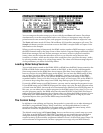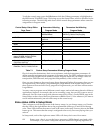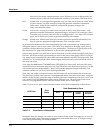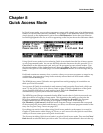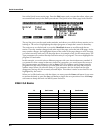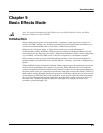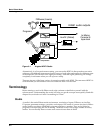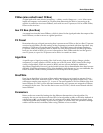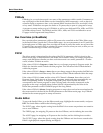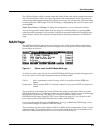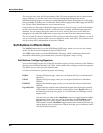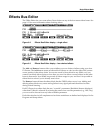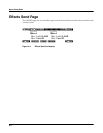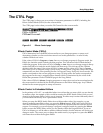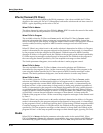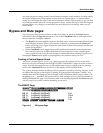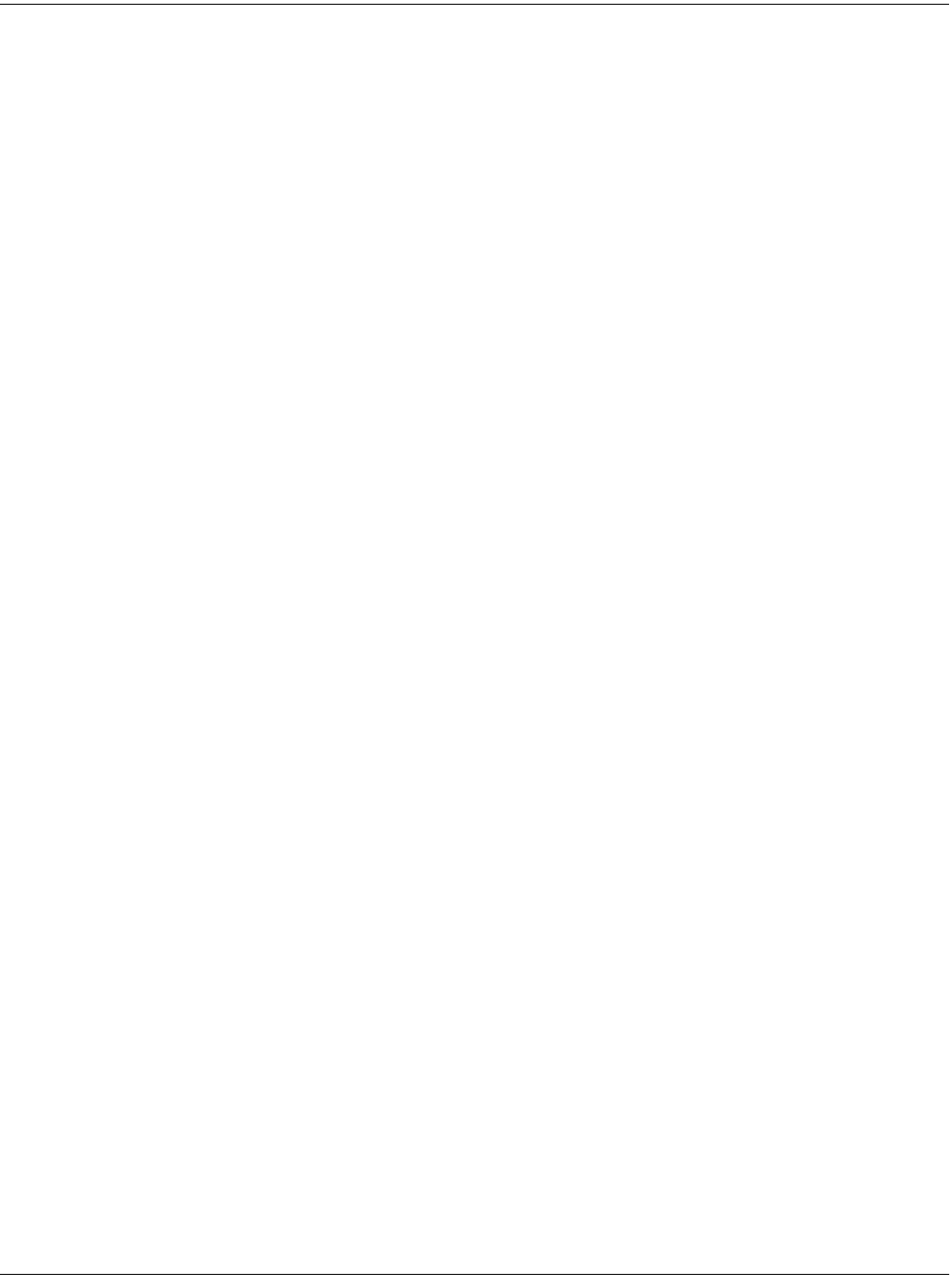
9-4
Basic Effects Mode
Terminology
FXMods
FXMods give you real-time control over many of the parameters within a studio. Parameters on
any of the pages of the Studio Editor can be controlled by MIDI commands—such as physical
controller input or sequencer data—or by internal K2661 functions like LFOs, envelopes, clocks,
or key states. FXMods are not part of a studio or FX preset; they’re part of a program or setup.
A program or setup can have up to 18 FXMods, as well as two dedicated LFOs, ASRs, and FUNs
for further effects control. The FXMods and the LFOs, ASRs, and FUNs are defined on seven
FX pages in the Program and Setup Editors.
Bus Overrides (or BusMods)
Bus overrides allow parameters within an FX preset to be controlled on the FXBus Editor page
in the Studio Editor, outside the FX Preset Editor page. Any two parameters in an FX preset can
be brought out to its FXBus page. Bus overrides are stored as part of the studio, not as part of the
FX preset. They are useful when an existing FX preset is close to what you want, so that you can
tweak it without having to create a new FX preset.
FXCtrl
The effects mode is determined by the value of the FXCtrl parameter, which is found on the
Effects-mode page. It determines how the K2661 selects studios when you change programs or
setups, and determines whether you have real-time control over studio parameters—in other
words, whether FXMods are active.
If the value of FXCtrl is Program or Auto, then as you change programs in Program mode, the
K2661 also loads the studio linked with that program. This activates all the FXMods defined
within the program.
If the value of FXCtrl is Setup or Auto, then as you change setups in Setup mode, the K2661 also
loads the studio linked with that setup. This activates all the FXMods defined within the setup.
If the value of FXCtrl is Auto, and the value of FX Channel is Current, then when you’re in
Program, Setup, Quick Access, or Song mode, programs, setups and songs automatically use
their corresponding studios. In Program, Setup, and Quick Access modes, the studio
corresponds to the current program or setup. In Song mode, the studio corresponds to the
program on the song’s assigned effects channel (which is determined by the value of the
EffectChan parameter on the COMMON page in the Song Editor).
If the value of FXCtrl is Master, changing programs or setups does not load an associated studio;
the current studio is defined by the Studio parameter on the Effects-mode page. Any FXMods
defined in the current program or setup are inactive.
Studio Editor
To get to the Studio Editor, go to the Effects-mode page, highlight the current studio, and press
Edit. The Studio Editor contains the following pages:
The INPUT page, where signals coming from the K2661’s four stereo output buses are routed to
one or more FXBuses.
The FXBUS page, for assigning FX presets to the four FXBuses, and for defining bus overrides.
The AUXFX page, for assigning an FX preset to the Aux Bus, and for defining bus overrides.
The OUTPUT page, where the signals coming from the FXBuses and Aux bus are routed to the
K2661’s eight physical outputs (analog and digital).



